Salifert KH Alkalinity Test Kit
Salifert KH Alkalinity Test Kit is very straightforward and accurate. A stable KH level is one of the most important objectives for a successful reef aquarium. Bold clear colour changes and an easy to read comparison charts means the test can be completed quickly and easily at a great price. Suitable for both freshwater and saltwater.
Calcium is not the only substance needed to form the skeletal material of corals and allow calcareous algae to grow. Carbonate and bicarbonate are also needed and these two substances can have a major effect on stabilising or buffering pH levels in the aquarium in the correct range of 8.1 to 8.4.
The total carbonate and bicarbonate concentration is also called alkalinity or carbonate hardness and for a stable system the alkalinity should not fluctuate by more than 5% from the optimum level of approx. 2.8 meq/L i.e a maximum fluctuation of 0.14 meq/L.
The Salifert KH Alkalinity Test Kit is sensitive enough to detect small changes in levels of alkalinity, measuring in steps of 0.1 meq/L and demonstrating a very sharp colour change.
The Salifert KH Alkalinity Test Kit can perform approx. 100 – 200 tests.
Directions for use:
Add with the 5 ml syringe 4 ml of water in the test vial. For a lower resolution and more tests per kit add 2 instead of 4 ml.
Shake the KH-Ind dropping bottle a few times and add 4 drops in the test vial (2 drops for the low resolution mode).
Put the plastic tip firmly on the 1 ml syringe and draw into the syringe the KH reagent (ensure that the end of the plastic tip is constantly submersed in the KH reagent) till the lower end of the black part of the piston is exactly at the 1.00 ml mark. There will be some air present just below the piston. This is the air which was present between the end of the plastic tip and the piston. This will not influence the test result of the Salifert KH Alkalinity Test Kit.
Add dropwise (or up to approx 80% of the expected amount) with 1 ml syringe the KH reagent to the water in the test tube. Swirl after each drop a second or two. Continue with adding dropwise until the color changes from blue/green to orange-red or pink color (whichever color is observed first).
Hold the syringe with the tip facing upward and read the position of the, now the upper end, of the black part of the piston. The syringe has graduations of 0.01 ml. Read the KH or alkalinity value from the table.
If you have chosen for the lower resolution multiply the calculated result by 2.
Only logged in customers who have purchased this product may leave a review.


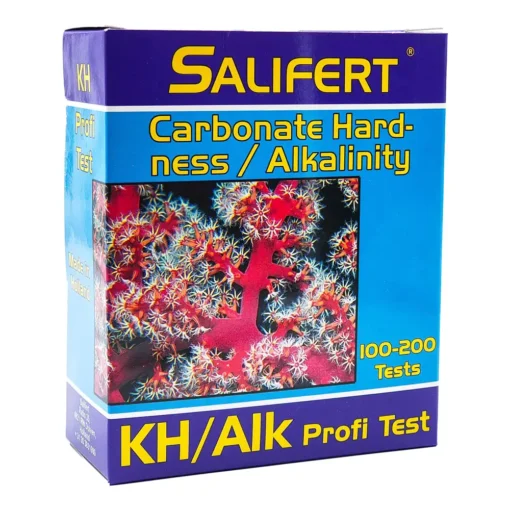



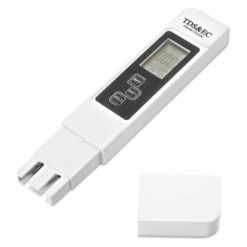


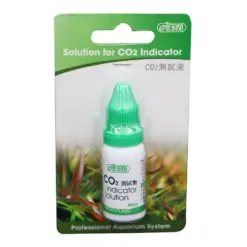



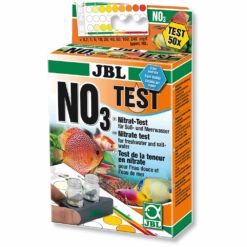

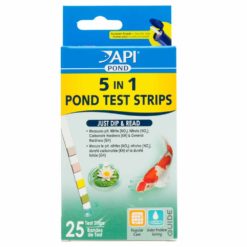

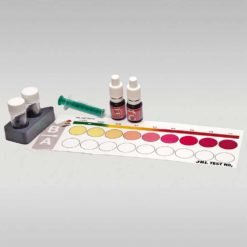
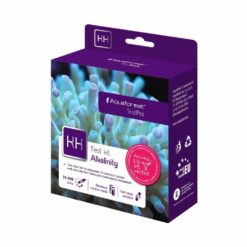

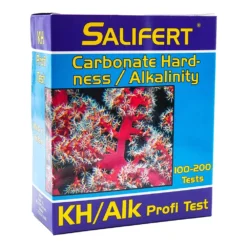

Reviews
Clear filtersThere are no reviews yet.